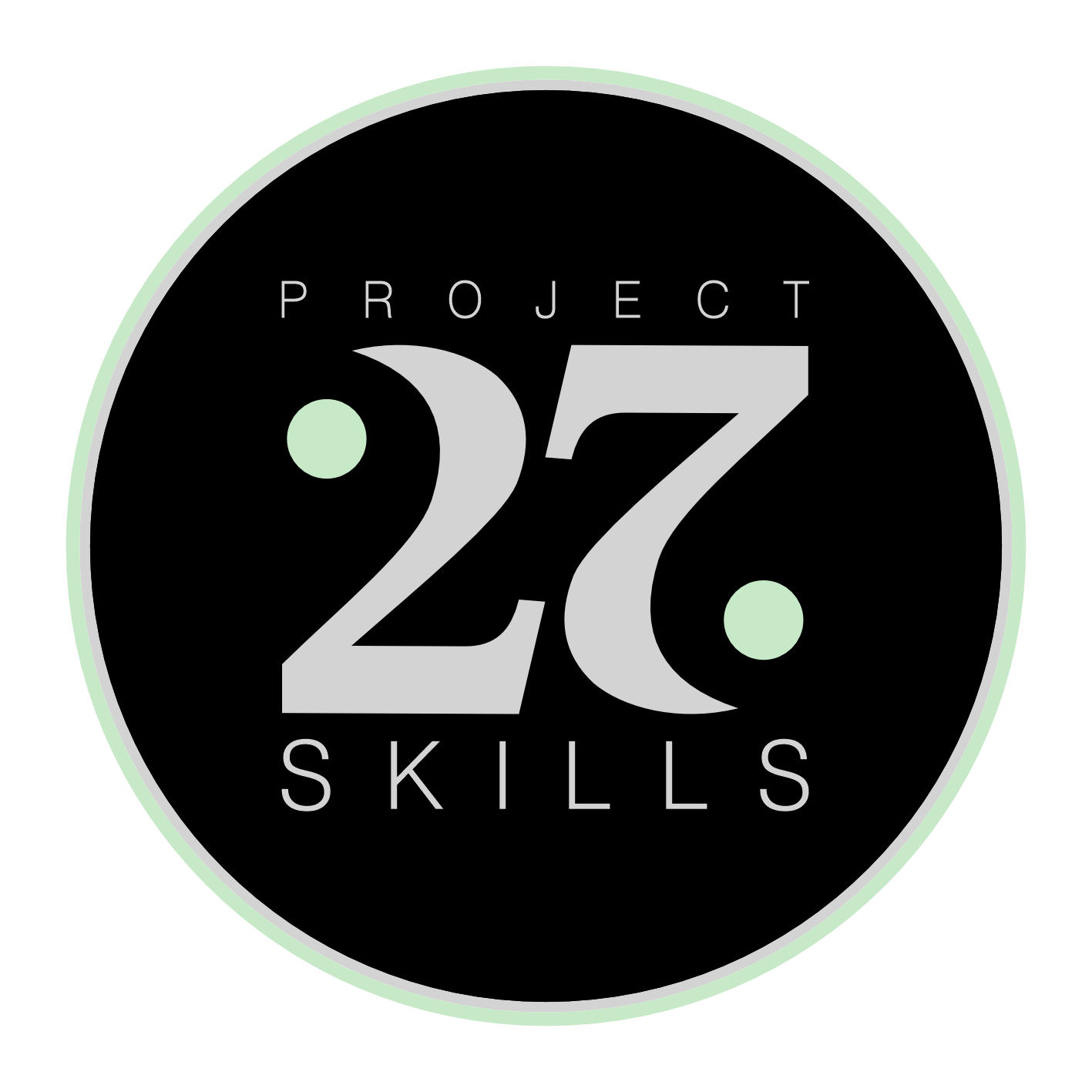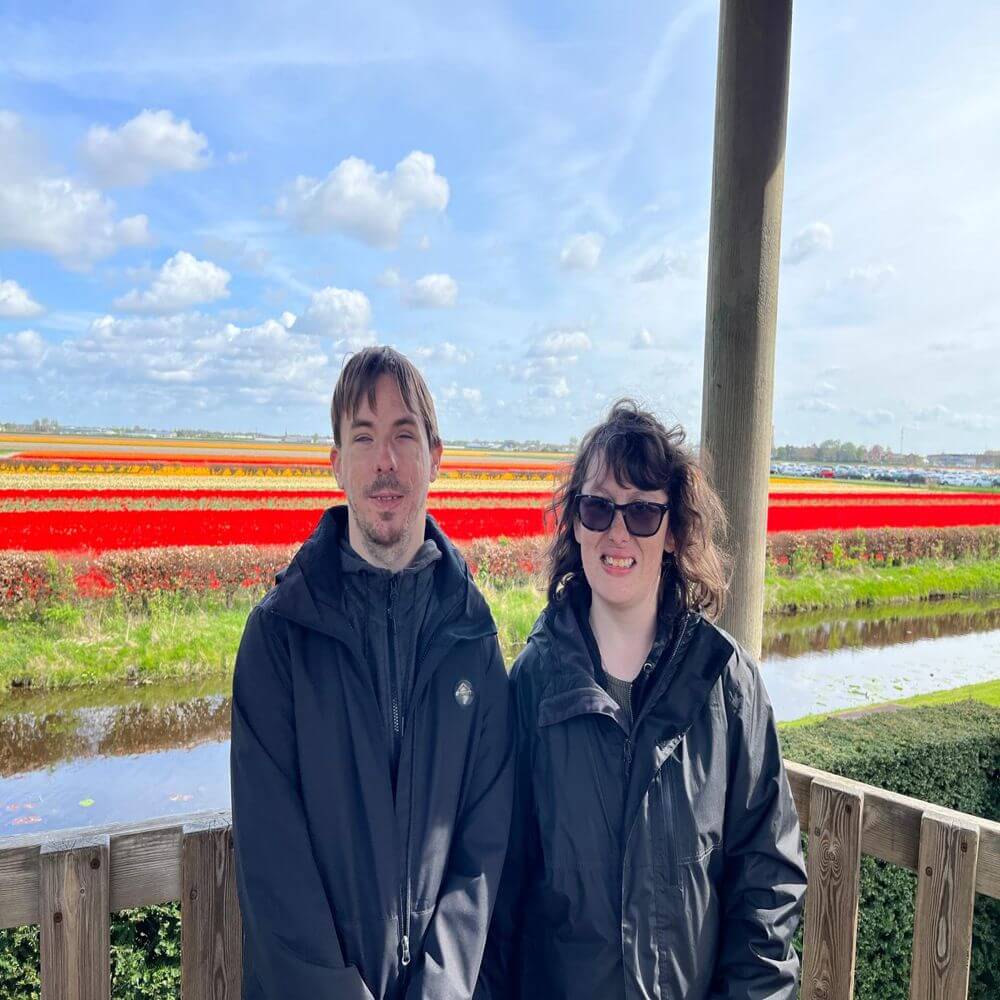Review guidelines
We always ask a second person, a peer reviewer, to check the authors’ work. We look at four things, and publish our work with C.A.R.E.:
- Content
- Accessibility
- Readability
- Engagement
Four independent reviewers are nominated by an associate editor, and assigned to one of the review guidelines.
1. Content review
We want content to be accurate and up to date. Key things we look for are:
- We don’t share false information.
- No outdated information is published.
- The content is not offensive.
The associate editor must select a knowledgeable reviewer in the topic to be reviewed.
2. Access review
We want accessible content. Our primary focus is on blind and low vision readers. Nevertheless, we are mindful of learning disabled people too. Access reviewers should:
- Make sure text is simple to read.
- Text-to-speech friendly equations are used.
- We hid or described figures.
- Tables are easy to navigate and understand.
- We selected videos that are accessible.
Our reviewers make sure authors don’t slip up. Authors, reviewers, and editors work together to fix accessibility issues. The associate editor selects one or more disabled reviewers.
Access reviewers should have the skills to use the right assistive technology. For example, we might ask a blind person to review the text-to-speech or braille output. We sometimes ask a low vision reader to check how is screen magnification and contrast. We also run unmanned readability tests, and ask learning disabled people to score the reading experience.
3. Readability review
Content should be easy to read. Despite our efforts, in some pages we may not be able to meet our readability target (FRES > 60). This is because of long, technical words and phrases in some educational notes. We trust reviewers and editors to suggests ways we can make readability better. For example,
- long sentences should be broken up into shorter ones,
- long, and less familiar words should be replaced or rephrased,
- examples should be used to explain complex ideas.
The readability review also should ensure the appropriateness of spelling, grammar and all other language requirements.
The associate editor should choose a reviewer with good linguistic skills. This should possibly be in the native language of the reviewed content.
4. Engagement review
We want the content to be engaging. The authors and reviewers should balance readability with engagement. For example,
- for every 5-6 minutes of reading time, an image is shown,
- icons and emojis are used to make text more engaging,
- inspiring, telling quotes are used to illustrate a point,
- engaging vocabulary is used,
- the voice of writing is informal, and humorous.
The associate editor should choose a reviewer, who has experience in writing engaging blog posts, and learning materials.
This is an open source website. Please, help improve the content on this page.

